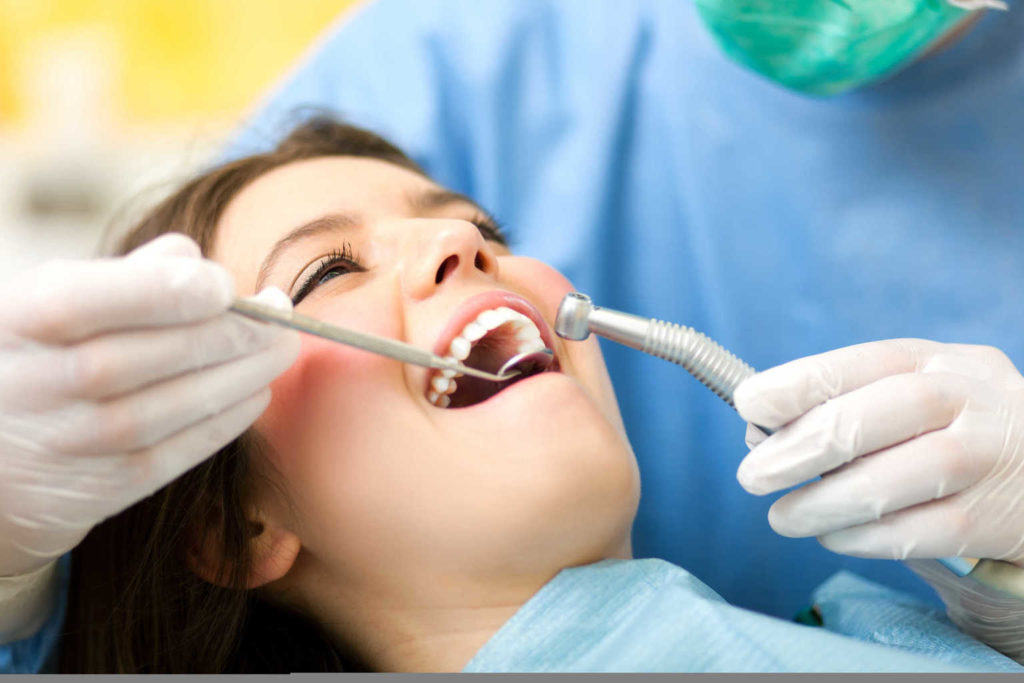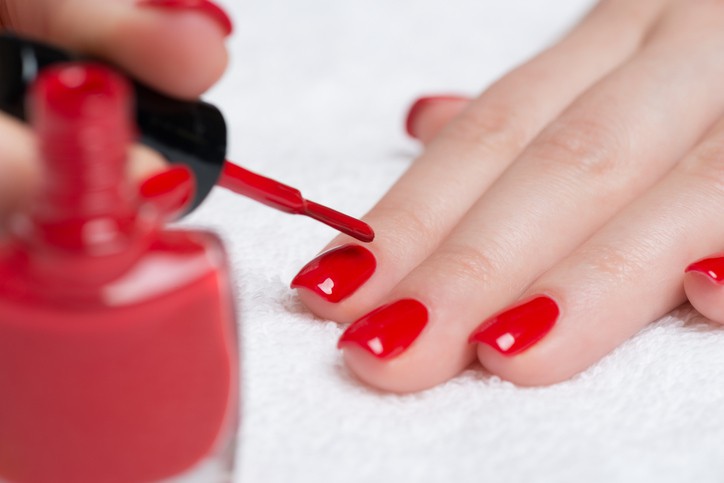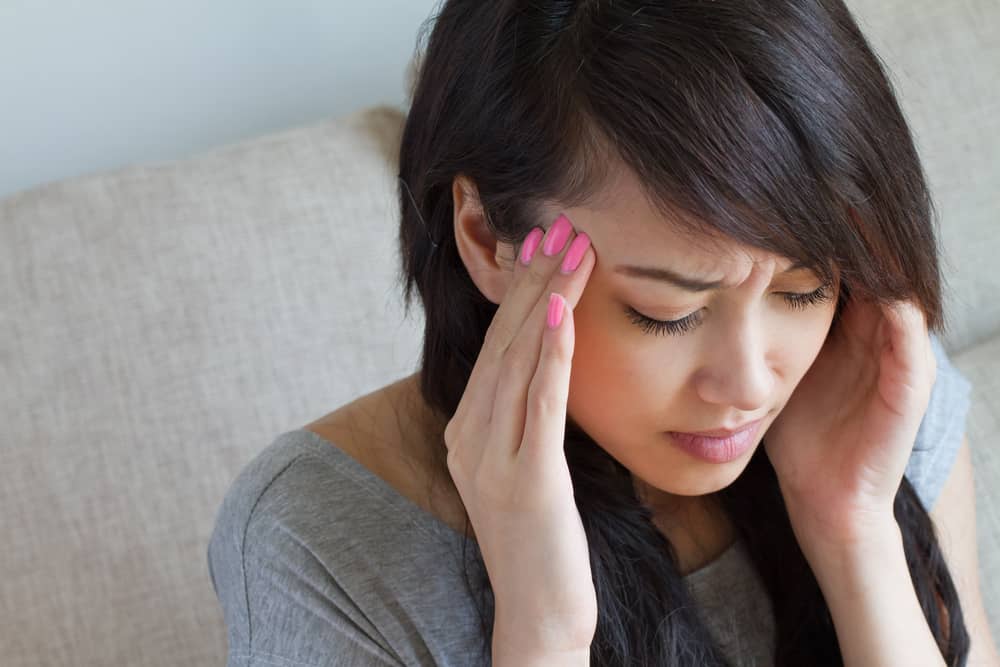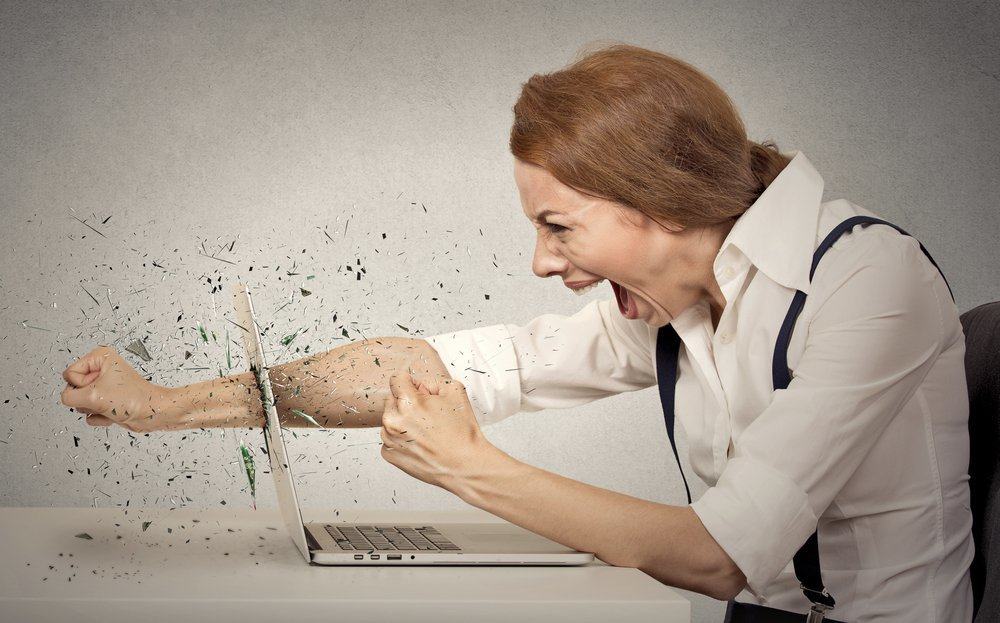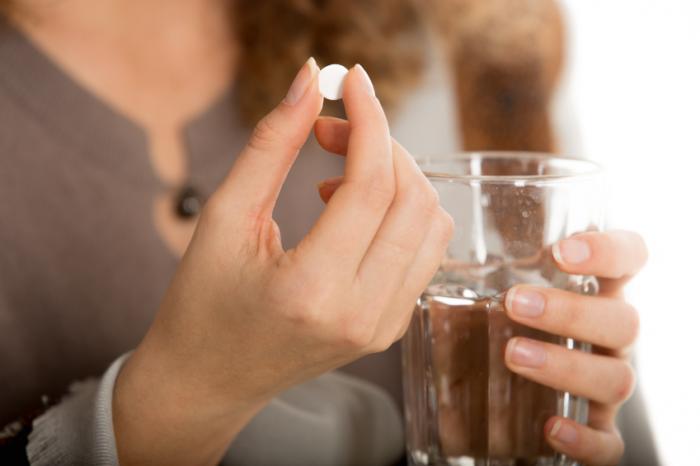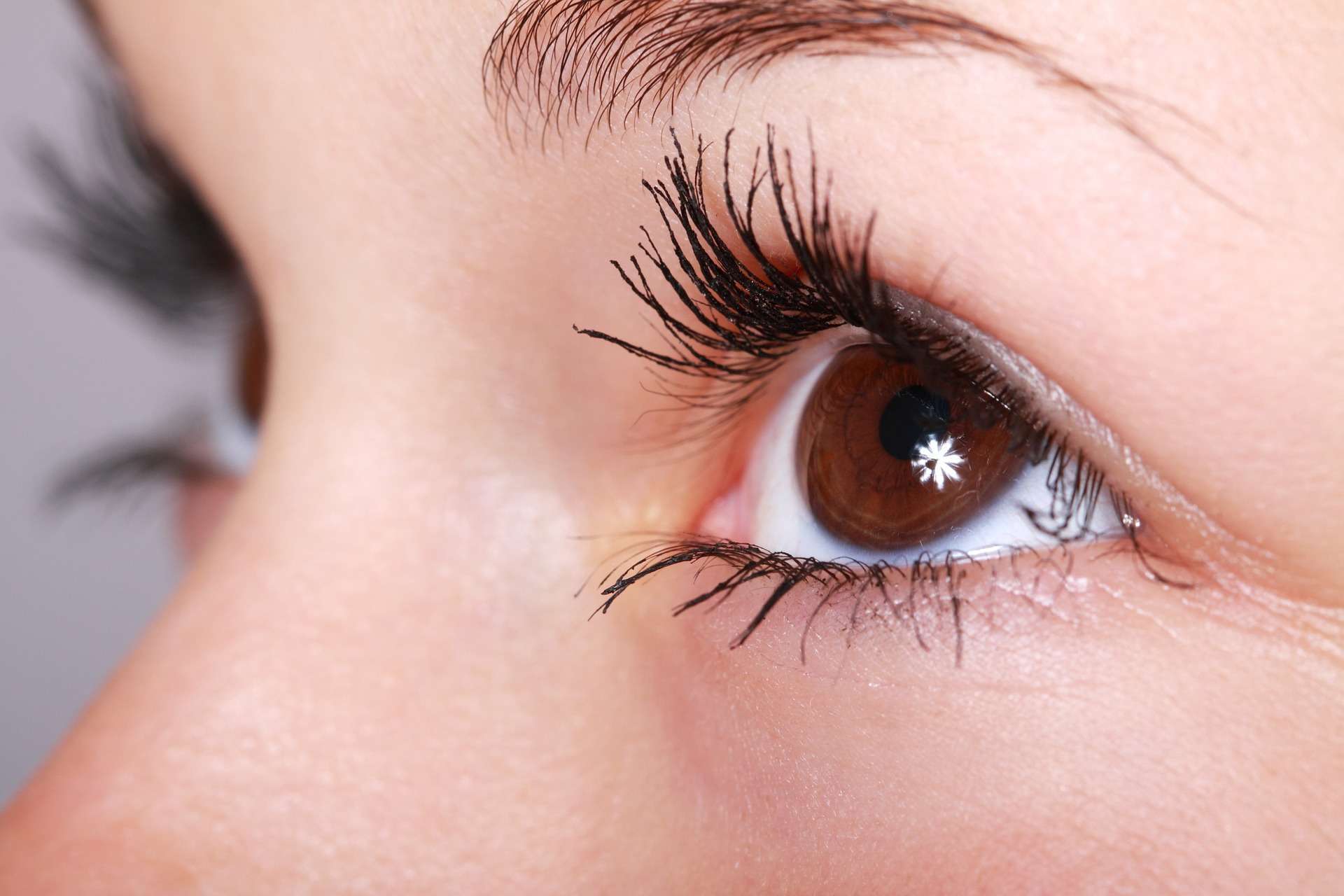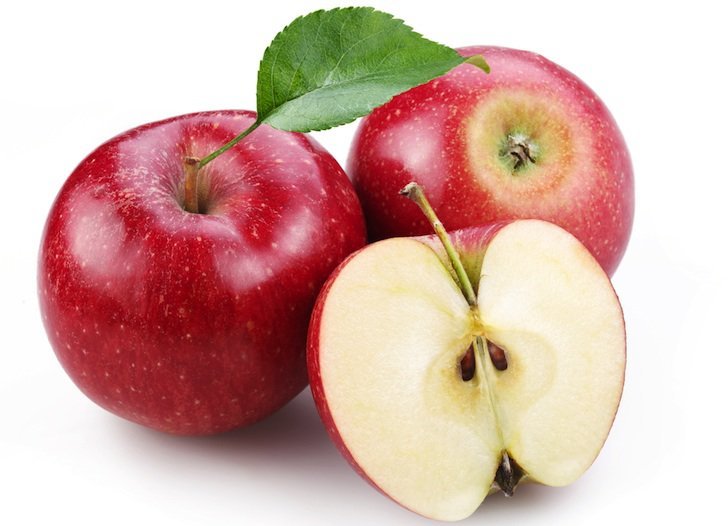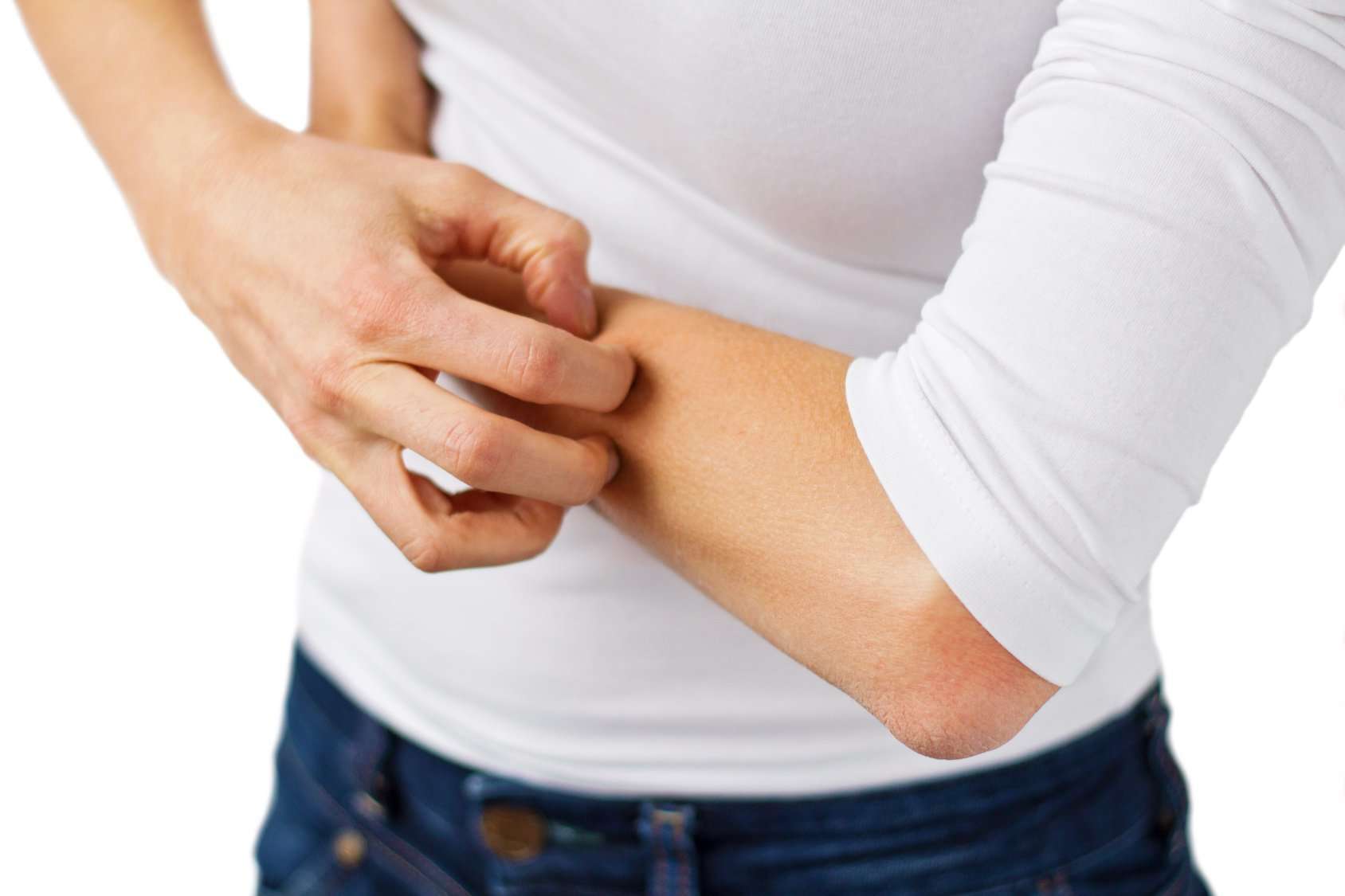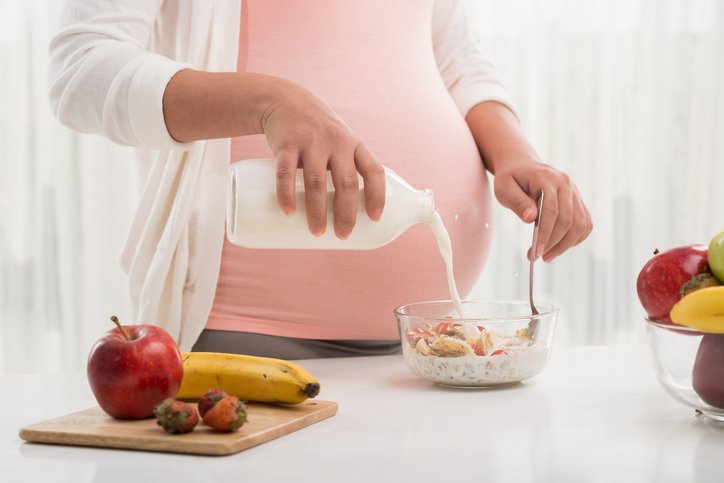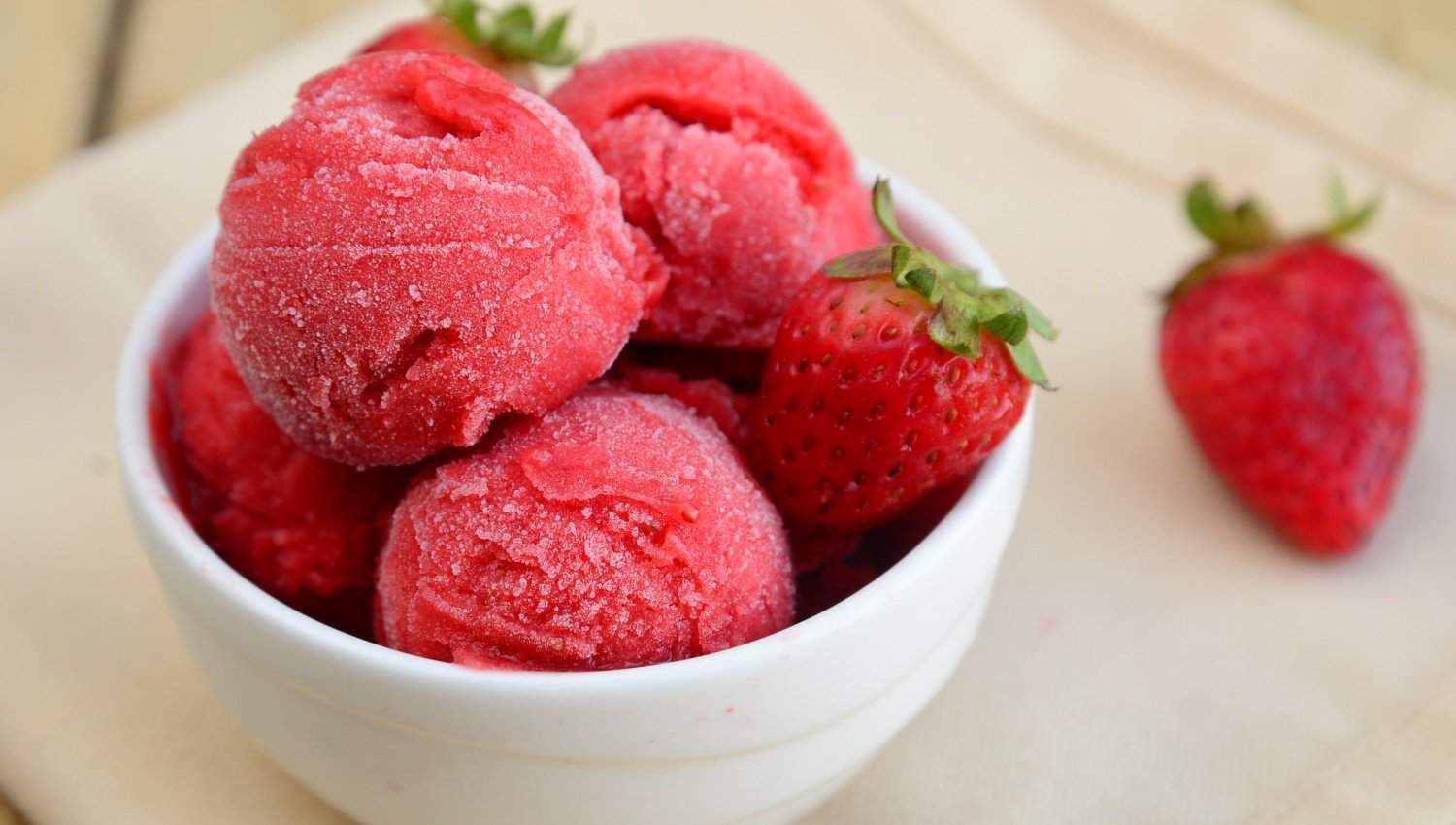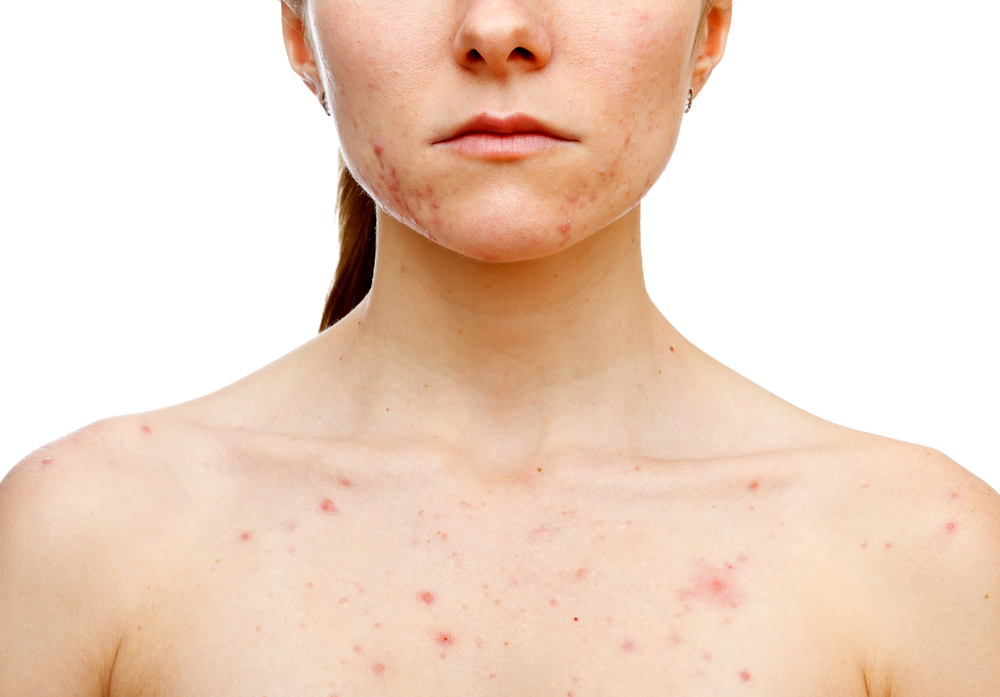Contents:
- Medical Video: How to Whiten Really Yellow Teeth : Dental Health
- Some causes of yellow teeth
- Various methods of whitening teeth
- 1. Bleach toothpaste
- 2. Bleach strips and gels
- 3. Mouthwash
Medical Video: How to Whiten Really Yellow Teeth : Dental Health
If the teeth are yellow or dull, smiling broadly can sometimes be something hard to do. But don't worry, you can still get brilliant white teeth in several ways. But beforehand, we need to know first why teeth can change color, yellow and even black.
Some causes of yellow teeth
The things below may be the cause of your teeth dull and even yellow.
- Food / drinks, such as coffee, tea, soda, wine, and some fruits and vegetables
- Smoking or chewing tobacco
- Poor oral and dental health. It is rare for toothbrushes and flossing to cause plaque buildup that causes yellow teeth.
- Some medical conditions that affect the tooth enamel (the outermost hard layer of the tooth) and dentine (the layer below the enamel) will cause discoloration of the teeth. Treatment for several medical conditions can also cause the same thing. For example, chemo and head and neck radiation therapy. In addition, some infections suffered by pregnant women can cause dull teeth in babies when they grow up, due to the influence of infection on tooth enamel.
- Antibiotics such as tetracycline and doxycycline cause dull teeth in the teeth of children who are still in the growth stage (before the age of 8 years). Mouthwashes containing chlohexidine and cetylpyridinium chloride also cause stains on teeth. Antihistamines, antipsychotics, and special medications for high blood pressure can also cause tooth discoloration.
- Dentist equipment is used every time a routine check or certain procedure, such as amalgam restoration, especially material containing silver sulfide, can make teeth gray, even black
- Tooth decay due to falls and stumbling can interfere with enamel formation in children whose teeth are still growing. Trauma to the teeth can also cause discoloration in adult teeth
Various methods of whitening teeth
Teeth whitening brightens dull teeth and helps lift stains and plaques that cause discoloration. Teeth whitening is the most popular dental procedure. The effect of teeth whitening can lighten the color of teeth significantly. This teeth whitening service is usually available at most dentists.
Teeth whitening cannot only be done once to get a long-term effect. You should visit the dentist to schedule regular teeth whitening from time to time to maintain the health and appearance of the shining white teeth that you desire.
There are many types of teeth whitening procedures, including whitening toothpaste, over-the-counter whitening gels, mouthwash, strips, trays, and other self-whitening equipment that you can get from your dentist.
People who have yellow teeth have an effective reaction to bleach. However, this procedure is not recommended for everyone. The teeth whitening procedure is considered the most ideal if you have healthy teeth and gums without fillings.
1. Bleach toothpaste
All over-the-counter toothpaste on the market serves to remove stains, because there is an abrasive content in it. Some whitening toothpastes contain polishing agents or chemical compounds that act as stain removers. However, whitening toothpaste does not contain whitening agents. Bleach toothpaste can only help to erode stains on the tooth surface, which will restore the original color of the tooth. Free-selling tooth whitening products on the market contain carbamide peroxide or hydrogen peroxide which can brighten dull colors in the teeth only at a younger level. Conversely, a laser-lightening procedure that can only be performed by a dentist will brighten teeth up to 3-8 times whiter.
2. Bleach strips and gels
Tooth whitening gel is usually clear with peroxide content, and is applied with a small toothbrush directly to the tooth surface. How to use it will differ depending on the level of peroxide contained in the gel. Follow the rules of use printed on the product label. Results will be immediately visible after a few days and will last up to four months.
The whitening strip has a very thin, almost invisible texture, which is coated with a peroxide bleaching gel. Apply a whitening strip twice a day for 30 minutes for 14 days. Results will be immediately visible after a few days and will last up to four months.
3. Mouthwash
Bleach mouthwash is the latest innovation in the world of dental health. Like other mouthwash, this type of mouthwash will freshen your breath and erode dental plaque, and minimize the risk of gum disease. The difference is, some bleach mouthwash contains hydrogen peroxide which can brighten the color of the teeth. The use of bleach mouthwash should be done regularly for at least 12 weeks before the desired results are seen.
Rinse fluids in your mouth and reach each tooth surface with the help of your tongue. Do it for 60 seconds twice a day before brushing your teeth. Even so, experts assess that the use of whitening mouthwash is not effective. Mouthwash will only hit the tooth surface for a period of time (a total of 2 minutes per day) compared to 30 minutes per day for the use of a whitening strip. So, the effect will not be as significant as other whitening products.

